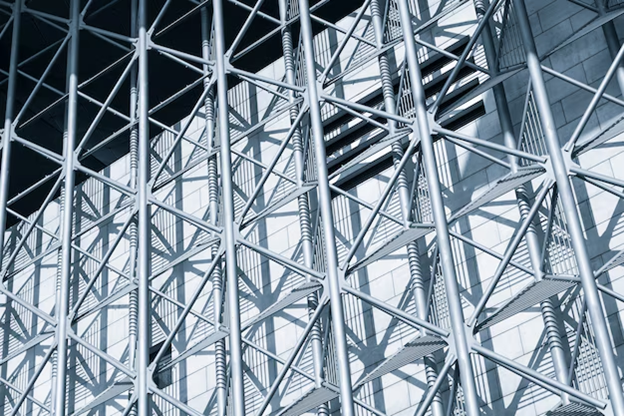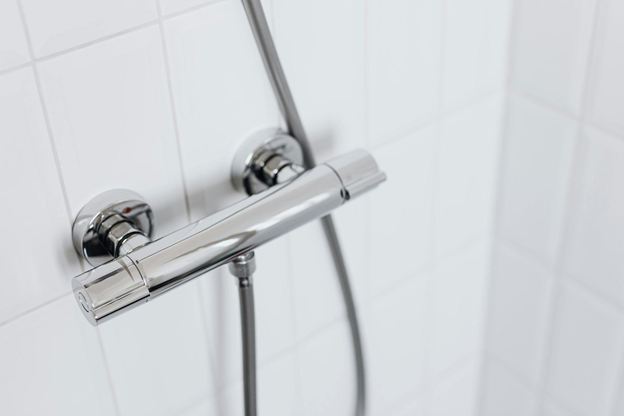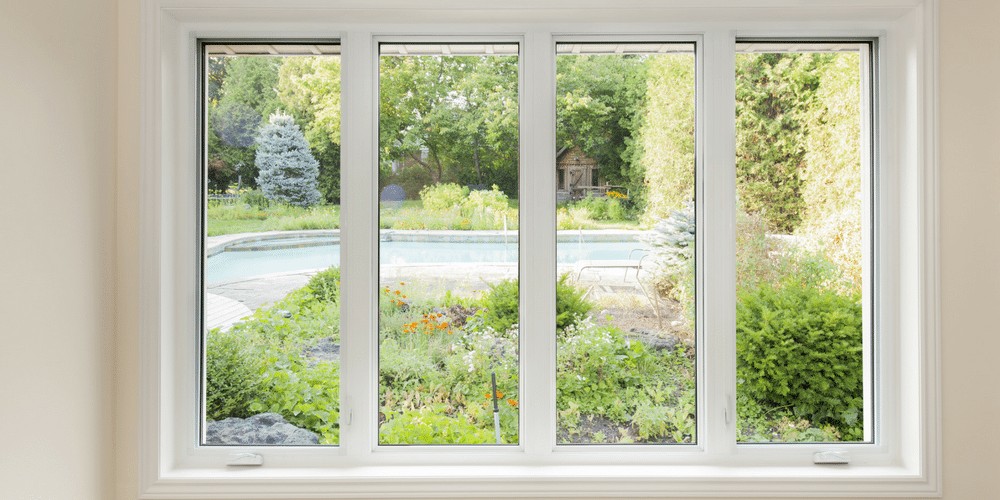When it comes to commercial construction, selecting the right building materials is a crucial decision. Factors like durability, cost-efficiency, and ease of construction all play a significant role. Metal structures, encompassing steel and other metals, have become a popular choice for various commercial projects due to their numerous advantages. This article explores the reasons why metal buildings are a reliable and advantageous option for your next commercial venture.
The Bedrock of a Metal Building
The inherent strength of metal is a cornerstone benefit of metal structures. This translates to several key advantages for commercial buildings:
- Durability: Metal buildings can withstand significant weight loads, making them ideal for warehouses, storage facilities, and buildings housing heavy equipment. They also excel in harsh weather conditions, resisting strong winds, heavy snowfall, and even seismic activity in certain configurations.
- Reduced Maintenance Needs: Metal’s inherent durability translates to lower maintenance requirements compared to traditional building materials like wood or brick. This translates to significant cost savings over the lifespan of the building, minimizing the need for repairs and replacements. For any unforeseen maintenance needs, having a trusted commercial refrigeration repair company on call is always a good idea, especially for buildings with temperature-controlled requirements.
- Fire Resistance: Metal is a non-combustible material, offering superior fire resistance compared to wood-framed structures. This provides an additional layer of safety for businesses and their inventory.
The Benefits of Prefabrication
Metal construction offers significant advantages in terms of speed and efficiency during the building process:
- Prefabricated Components: Many metal building components are prefabricated in controlled factory settings. This ensures consistent quality control and minimizes delays due to weather or unforeseen challenges on the construction site.
- Faster Erection: Prefabricated metal components allow for swift assembly on-site, significantly reducing construction timelines compared to traditional building methods. This translates to earlier project completion and faster occupancy for businesses, allowing them to start generating revenue sooner.
- Reduced Labor Costs: The efficiency of prefabricated metal construction minimizes on-site labor requirements. This can potentially lead to reduced labor costs for the project compared to traditional construction methods.
Shaping Your Vision with Metal
Metal’s versatility allows for a wide range of design possibilities that can cater to various commercial needs:
- Open Floor Plans: The strength of metal structures enables the creation of large, open floor plans ideal for warehouses, manufacturing facilities, and showrooms. This flexibility allows businesses to optimize space utilization and create efficient work environments.
- Adaptability: Metal structures can be easily modified or expanded in the future to accommodate changing business needs. This future-proofs the building and provides the flexibility to grow without significant structural changes.
- Modern Aesthetics: Modern metal buildings can be quite aesthetically pleasing. Architectural advancements allow for the incorporation of metal into sleek and visually striking designs that complement the surrounding environment.
Conclusion
Metal construction offers surprising environmental benefits that contribute to a more sustainable future:
- Recyclability: Metal is one of the most recyclable construction materials. A significant portion of structural metal comes from recycled content, minimizing environmental impact.
- Reduced Construction Waste: Prefabricated metal construction minimizes on-site waste generation compared to traditional building methods.
- Energy Efficiency: Metal buildings can be integrated with energy-efficient features like insulated metal panels for improved building envelope performance. This can potentially reduce heating and cooling costs over time.
By considering the numerous advantages of metal structures – from their strength and durability to their speed of construction, design flexibility, and cost-effectiveness – you can make an informed decision for your commercial building project. Metal buildings offer a reliable, efficient, and sustainable solution for businesses of all sizes.




